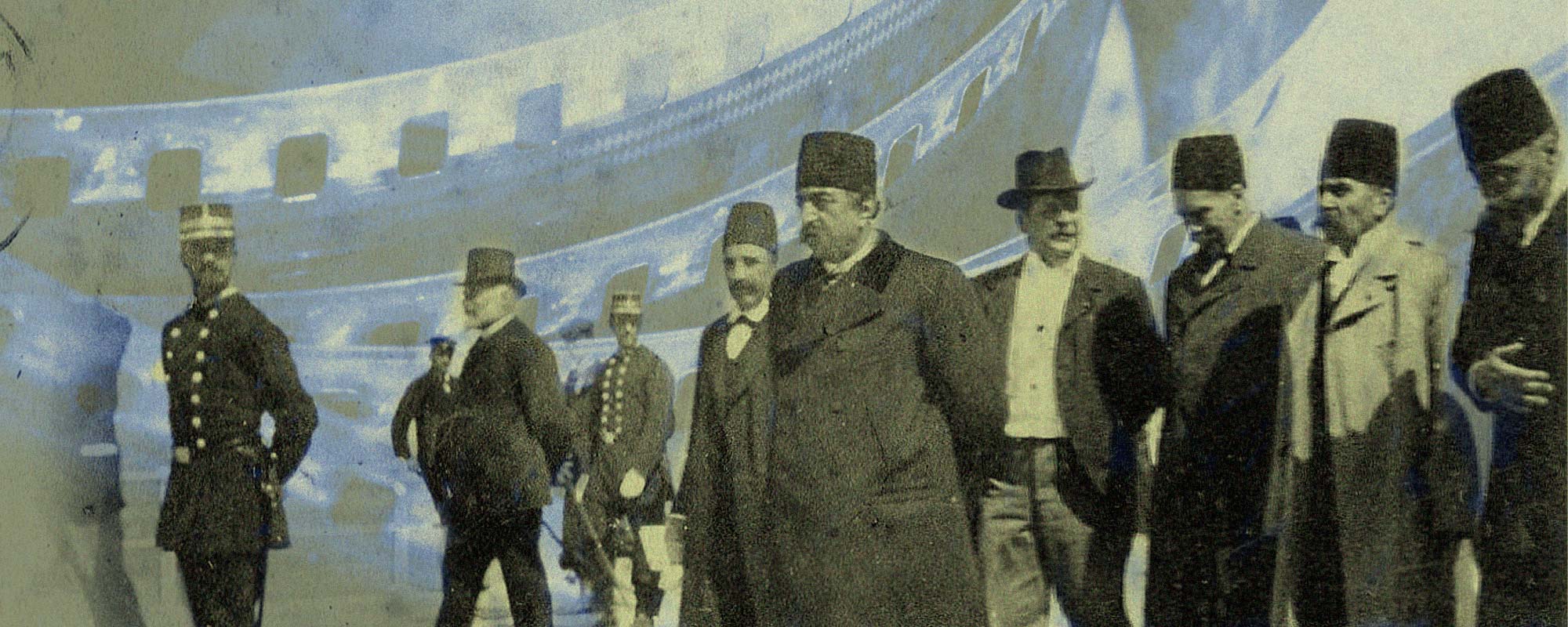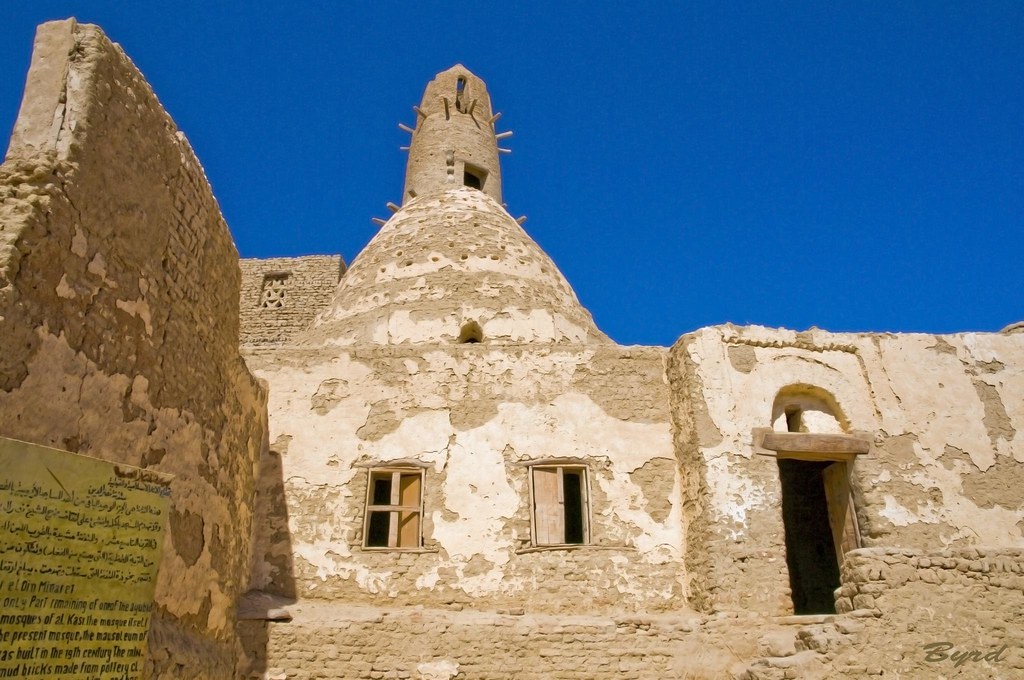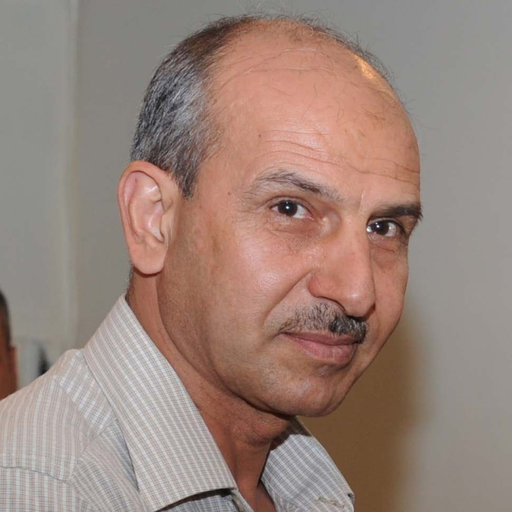
Bonhams Nasr alDin Shah Qajar (reg. 184896), by Mirza Hasan Khan
Nasir ad-Dīn ( Arabic: نصر الدين) was a small Palestinian Arab village 3 kilometers (1.9 mi) southwest of Tiberias, on the crest of a slope that overlooks the Sea of Galilee. The village had several springs to the east, south, and southeast. In the 1931 British census 179 people lived there, [5] [6] decreasing to 90 in a 1945 census.

Persian Market Porcelain Covered Serving Dish Portrait Nasr Al Din Shah
Ghazi Nasr al Din is a Venezuela-based Hizballah supporter who has utilized his position as a Venezuelan diplomat and the president of a Caracas-based Shi'a Islamic Center to provide financial support to Hizballah.
.jpg)
NASR ALDIN ABU'L HASAN, KNOWN AS AMIR KHUSRAW DEHLAWI (AH 651725/1253
Tusi, Nasir al-Din | Internet Encyclopedia of Philosophy Nasir al-Din Tusi (1201—1274) Nasir al-Din Tusi was the most celebrated scholar of the 13th century in Islamic lands. Thomas Aquinas and Roger Bacon were his contemporaries in the West.
l2cw2OBC7kqM2rFDTKIBlHAnntSTSFuawMdnJ63bKxnVdfkjTkeDbmPJOJ9
Nasir al-Din ( Arabic: نصیر الدین or ناصرالدین or نصر الدين, 'defender of the faith'), was originally a honorific title and is a masculine given name and surname of Arabic origin. There are many variant spellings in English due to transliteration including Nasruddin, and Nasiruddin. Notable people with the title or name include:

ASERNE VENEZUELA Pasado y presente de los funcionarios venezolanos más
Nasr al-Din Khodja, known also as Mulla Nasruddin or simply Nasruddin, is the starring character in a vast number of amusing tales told in regions all over the world, particularly in countries in or near the Middle East.

Early Portrait of Nasr alDin Shah (reigned 18481896) AC1992.211.1
They are: Hassan Abd al-Hussein Ismail, from Ayta ash Shab in southern Lebanon; Muhammad Sharif al-Sayid Nasr, from Hay El Fikani in central Lebanon; Issa Ali Nur al-Din, from Burj Qalawiya in southern Lebanon; and Ali Hussein Burji, known as Abu Mahdi, from Markaba in southern Lebanon.. Issa Ali Nur al-Din, from Burj Qalawiya in southern.

Lot 355 MULLAH NASR ALDIN DOPIYAZA ON AN EMACIATED
The Jester and the Shadow of God: Nasir al-Din Shah and His Fools - Volume 40 Issue 4

Mozaffar alDin Shah and Akkasbashi The Initiators Tehran Bureau
The Jihad of Nasr ad-Din 1673-1674 Proselytizing of Nasr ad-Din A Zawaya scholar, born as Ashfaga but also known as Awbek, began to gain prominence amongst the Zawaya, eventually being known by just his title: Nasr ad-Din.

Minaret and mosque of Sheikh Nasr alDin ( 11th 12th cen… Flickr
A pre-1313/1896 Tehran edition which makes reference to Naser al-Din Shah Qajar is in the author's private possession. 70. See, for example, the entries under Molla Nasr al-Din in Shahri, Ja'far, Qand va namak: żarb al-maalhā-ye Tehrānī be zabān-e moḥāvera (Tehran, 1370 Sh./1991) Google Scholar and Shokurzada, Ebrahim, Dah hezār mesal.
.jpg)
NASR ALDIN ABU'L HASAN, KNOWN AS AMIR KHUSRAW DEHLAWI (AH 651725/1253
The Barakat Clan After 9/11, a rumor began to circulate that Osama Bin Laden was hiding in the Tri-Border Area. Then-US President George Bush decided to launch out an investigation, which did not locate Bin Laden but instead exposed the pernicious presence of the Barakat clan: one of the clans most strongly identified with Hezbollah.

NASR ِAL DIN IDE PhD Aleppo University, Aleppo Department of
It was a work on ethics which al-Tusi dedicated to the Isma'ili ruler Nasir ad-Din 'Abd ar-Rahim. In 1256 al-Tusi was in the castle of Alamut when it was attacked by the forces of the Mongol leader Hulegu, a grandson of Genghis Khan, who was at that time set on extending Mongol power in Islamic areas. Some claim that al-Tusi betrayed the.

Nasreddin Shah of Persia [Naser alDin Shah Qajar] during the World
Naser al-Din Shah Qajar [3] ( Persian: ناصرالدینشاه قاجار, romanized : Nāser-ad-Din Ŝāh-e Qājār; 17 July 1831 - 1 May 1896) was the fourth Shah of Qajar Iran from 5 September 1848 to 1 May 1896 when he was assassinated.

来自波斯的Nasr alDin Shah Qajar服务的广州瓷器 玫瑰勋章 瓷 中国 Catawiki
Nāṣer al-Dīn Shāh, (born July 17, 1831, near Tabrīz, Iran—died May 1, 1896, Tehrān), Qājār shah of Iran (1848-96) who began his reign as a reformer but became increasingly conservative, failing to understand the accelerating need for change or for a response to the pressures brought by contact with the Western nations.. Although a younger son of Moḥammad Shāh, Nāṣer al-Dīn.

Six assiettes à dîner en porcelaine du marché persan avec portrait doré
Town's Name Through History: The village was named after Nasir al-Din who was killed while battleing the Crusades. Shrines / Maqams: Nasir al-Din contains two shrines: the 1st is for Nasir al-Din, and the 2nd is for al-Shaykh al-Qaddumi, both died while fighting the Crusades.: Exculsive Jewish Colonies Who Usurped Village Lands: A section of the Israeli City of Tiberias is on the village site.
.jpg?mode=max)
NASR ALDIN ABU'L HASAN, KNOWN AS AMIR KHUSRAW DEHLAWI (AH 651725/1253
Nasir al-Din al-Tusi was a well published author, writing on subjects of math, engineering, prose, and mysticism. Additionally, al-Tusi made several scientific advancements. In astronomy, al-Tusi created very accurate tables of planetary motion, an updated planetary model, and critiques of Ptolemaic astronomy.

(99) A Monochrome Portrait of Nasr AlDin Shah Qajar (r.184896
Nasr al-Din ( Persian: نصرالدین; Chinese: 納速剌丁, pinyin: Nàsùládīng) (died 1292) was a provincial governor of Yunnan during the Yuan dynasty, and was the son of Sayyid Ajjal Shams al-Din Omar . Life Nasr al-Din was of Central Asian origin, being a Muslim Khwarezmian from Bukhara.